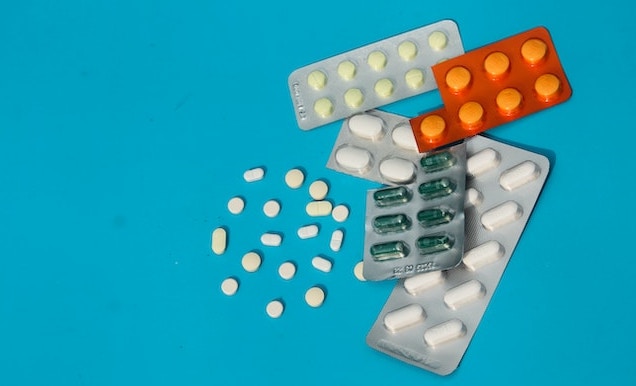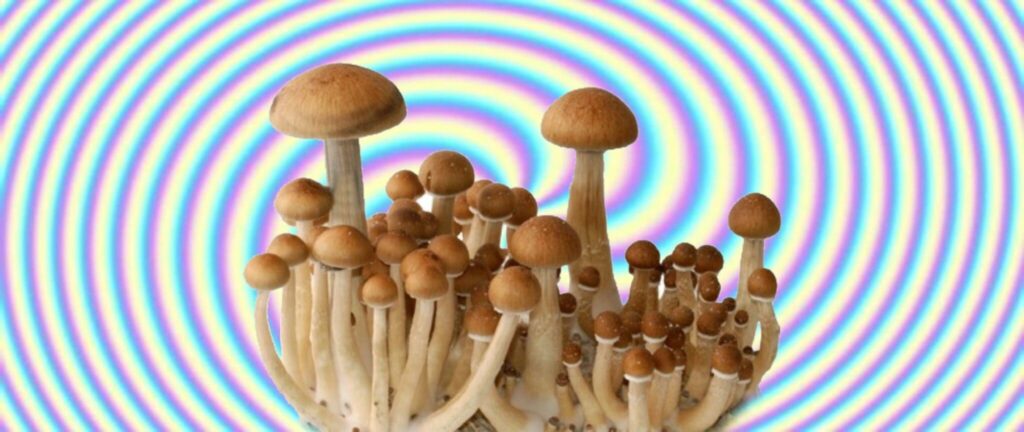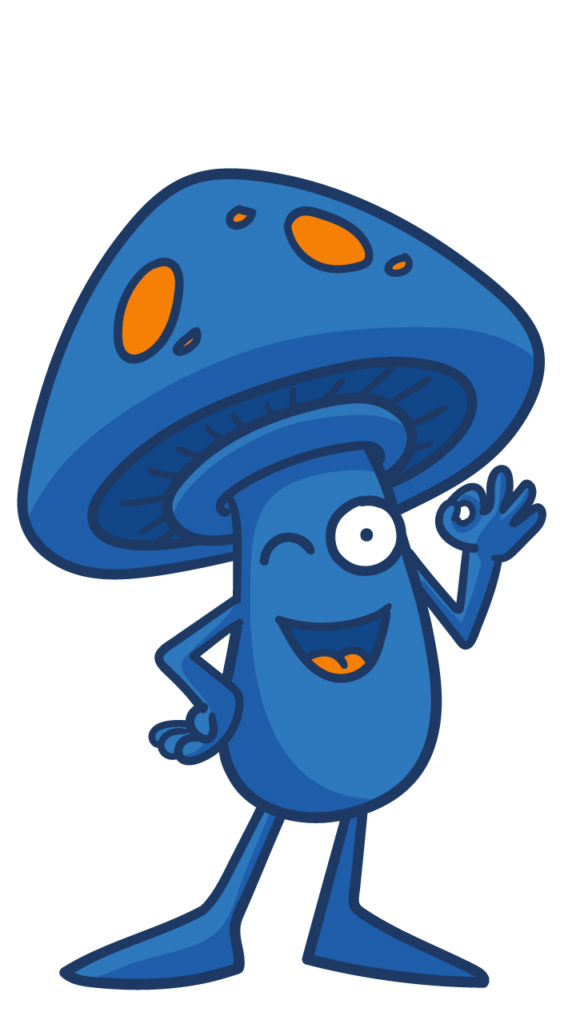What is PMS?
Premenstrual syndrome, and its more severe sister — premenstrual dysmorphic disorder (PMDD) — has millions of women reaching for the painkillers, calling in sick to work, or questioning their sanity, monthly. For an issue that will affect around half the global population at some point in their lives, it is historically underrepresented in scientific research. This is partially because its symptoms are at once so varied and so individual from person to person. While some women may just experience some fatigue or breast tenderness (still not enjoyable!), there are others you can find doubled up on the floor in pain, or sunk into a deep depression.

This ‘time of the month’ is often approached with a feeling of creeping dread.
The common symptoms of PMS include:
Physical Symptoms:
- Cramps
- Nevolnost
- Bloated tummy
- Fatigue
- Sore breasts
- Hunger
- Headache or migraine
- Muscle aches
- Joint pain
- Swollen hands and feet
- Skin outbreaks
- Weight gain
- Constipation or diarrhea
Emotional Symptoms:
- Deprese
- Úzkost
- Quick to cry
- Mood swings
- Nespavost
- Feeling overwhelmed or out of control
- Angry outbursts
Behavioral Symptoms
- Forgetful
- Unable to focus
The Traditional Ways of Treating PMS
Due to the unpredictable and varied nature of PMS it is hard to find an effective treatment. Traditionally, the treatment involves a cocktail of various antidepressants, usually serotonin reuptake inhibitors (SSRIs) such as Zoloft, Lexapro or Celexa. As you can surmise from this list of medications, most of the focus has been on treating the mood-related symptoms of PMS. However, there are numerous problems with this approach.
Firstly, it is not possible to take an SSRI only when symptoms raise their head. They must be taken continuously to be effective. For those who only suffer from mood-disorders in relation to PMS, this means that they are taking a drug every day that’s effects are only needed for around ⅓ of the month. This would be fine if these drugs came with no side-effects. However, traditional pharmaceutical antidepressants come with a litany of undesirables. These range from nausea, indigestion, diarrhea or constipation, weight gain, weight loss, insomnia or drowsiness, headaches, loss of libido, headaches, numbing of emotions, and more. With this menu of side-effects, it’s not surprising that many women instead choose to battle it out with painkillers and a hot water bottle. Unlike antidepressants, this method is neither addictive, nor does it cause withdrawals!

Additionally, this method does not tackle the underlying causes of PMS or PMDD, nor does it tackle any physical discomfort associated with the conditions. As PMS spans emotional, behavioral, and physical spheres, it needs to be treated holistically — addressing all angles.
Zde je psilocybin, the psychoactive compound of magic mushrooms, comes in.
Why Treat PMS With Magic Mushrooms?
Freshly acknowledged as a treatment for mental health conditions, it has been seen to alleviate deprese, úzkost, poruchy příjmu potravya PTSD. It can aid in the treatment of behavioral disorders like závislost. It has also been found to tackle physical pain symptoms, partially due to its anti-inflammatory properties. This kind of rounded capability is not seen in any other substance. It’s highly exciting! And great news for those who suffer from PMS.

Microdosing Psilocybin Gives You The Power
When taken in microdose form, psilocybin can address all angles of PMS, without the time and preparation needed to embark on a full psychedelic experience. In fact, the idea of a microdose is to feel no ‘psychedelic’ effect at all. Rather, many women who have experimented with microdosing magic mushrooms or truffles, simply find their usual symptoms alleviated, as well as a general microdose-induced feeling of wellbeing. ‘Experimented’ is a keyword here. Part of the magic of using mushrooms is that you are able to create and mold your own practice. This includes your rutinní, or how often you microdose. Some women may choose to use the classic 1 day on, 2 days off approach, while others may simply choose to microdose when they feel the symptoms of PMS creeping in. The effects of microdosing can be felt within 30 minutes, meaning that relief is always close by.
This ‘experimentation’ also includes your dosage. Microdosing takes a little bit of trial-and-error exploration to work out your perfect dose, or form, of microdose. In many ways this is extremely freeing. Rather than being in the thrall of a one-size-fits-all pharmaceutical system, women are able to make a personalized, couture system to suit their individual needs.
Additionally, menstruation is a natural process. It seems fitting that the way to alleviate its most trying aspects, is via a natural remedy from Mother Earth herself.

Jak může mikrodávkování psilocybinu pomoci při PMS
Those who microdose for PMS report feeling ‘lighter’, free of the feeling that the world is pushing down upon them. They are energized, able to focus, and in some cases almost symptom free. Another incredible aspect of microdosing for PMS is that it also treats the physical aspects of the condition at the same time. Magic mushrooms reported anti-inflammatory qualities work as a vasoconstrictor, causing blood vessels to constrict, reducing the blood flow to certain parts of the body. This relieves the inflammation that can cause cramps, aches, and pains. The constriction of blood vessels also slightly increases blood pressure, meaning that the symptoms of dizziness, nausea, and fainting that are associated with severe PMS and PMDD are alleviated.
So, Is Microdosing Right For Me/ My Girlfriend/ Sister/ Friend?
All women, and their cycles, are different. It is up to the individual to decide what is the right form of healing when it comes to their own bodies. However, with the promising research into the potential of psychedelics to treat many diverse conditions — many of which PMS sits at the intersection of — it seems that finally there may be a viable option for women.

(Check out our ultimate Průvodce mikrodávkováním to start your journey today!)





